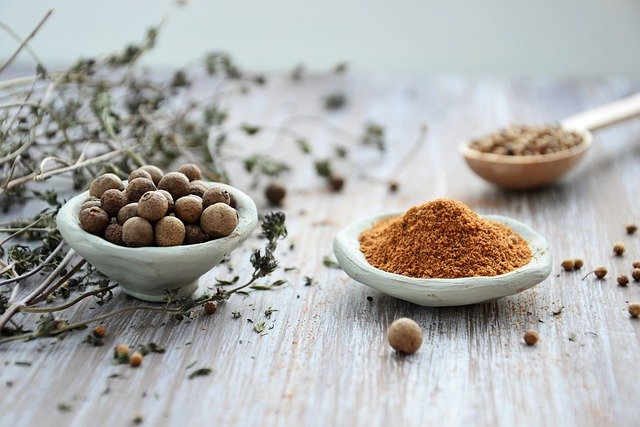Flavor layering: techniques chefs use to deepen taste profiles
Chefs use flavor layering to build dishes that unfold on the palate, combining techniques and ingredients to create depth and nuance. This approach balances salt, acid, fat, bitter and umami across components so each bite evolves. Flavor layering appears in recipes, beverages and menus, and supports plantbased and sustainability-focused kitchens while enhancing presentation and nutrition.

How do chefs build layers of flavor?
Flavor layering starts with a deliberate sequence: a foundational element, a concentrated middle, and a finishing note. Foundations include stocks, roasted vegetables, or braises that provide body and savory backbone. Concentrated components—reductions, pan sauces, fermented pastes—bring density and complexity. Final touches such as finishing oils, salts, herbs or citrus add brightness and aroma. Chefs balance these elements, adjusting salt, acid and fat to make each layer distinct but harmonious, so flavors emerge gradually rather than hitting all at once.
Can fermentation and preservation add depth?
Fermentation and preservation introduce both complexity and longevity to ingredients. Fermented components like miso, kimchi, yogurt or fermented beverages provide umami, acidity and aromatic compounds that deepen profiles. Pickling concentrates flavors for snacks and garnishes while slow curing or smoking adds savory intensity. Chefs often use small amounts of fermented ingredients to amplify a dish without overtaking it, integrating them into sauces, rubs or dressings to create that characteristic layered effect where each bite reveals new notes.
How does seasonality influence ingredient choice?
Seasonality guides sourcing and ingredient quality, which affects how layers develop. Fresh, peak-season vegetables and herbs offer brighter, cleaner flavors that allow subtle layers to shine, while off-season produce may require confit, roasting or reduction to concentrate taste. Sourcing locally and planning menus around seasonal harvests reduces the need for heavy masking techniques and supports sustainability. Chefs match preparation methods—blanching, slow roasting, fermenting—to the ingredient’s current state to optimize how each layer contributes to the final flavor profile.
What role do pairing and presentation play?
Pairing choices—between food components or with beverages—shape perceived depth. Contrasts between textures, temperatures and flavor families enhance layering: a crisp snack or acidic relish can cut through rich elements, revealing underlying umami. Beverage pairing, from wine to nonalcoholic options, can highlight different layers by complementing acidity or reducing perceived bitterness. Presentation also guides expectation and perception; how a dish is plated and where elements are placed influences which flavors are tasted first and how subsequent notes register.
How do recipes and menus reflect sustainability?
Sustainable sourcing and menu planning influence layering decisions. Chefs designing menus for reduced waste will cross-utilize ingredients—using vegetable trimmings for stocks or fermenting surplus—to create concentrated layers from byproducts. Plantbased approaches can layer textures and flavors using legumes, roasted roots, nuts and fermented grains to mimic savory depth typically associated with animal products. Thoughtful recipes prioritize seasonal, responsibly sourced ingredients, building flavor through technique rather than relying on large amounts of costly or high-impact components.
How do nutrition and plantbased choices fit into flavor design?
Balancing nutrition with flavor requires intentional technique: legumes and whole grains can be toasted, mashed or reduced to contribute body and mouthfeel while providing protein and fiber. Herbs, spices and acid enhance perceived richness without added fat or sodium, and fermentation can increase bioavailability and introduce probiotic benefits in some preparations. Chefs consider nutrient density when layering, ensuring components contribute both taste and nutrition. By combining umami-rich plant ingredients, textural contrasts and finishing elements, kitchens deliver satisfying dishes that align with dietary goals.
Conclusion Flavor layering is a modular, technique-driven approach that helps chefs create dishes with depth, complexity and clarity. By combining thoughtful sourcing, seasonality, preservation methods like fermentation, and deliberate pairing and presentation, kitchens can compose multi-dimensional profiles across recipes, snacks and beverages. Whether designing menus for sustainability or developing plantbased alternatives, the same principles apply: build a strong base, concentrate the middle, and finish with precise accents so flavors evolve and complement nutrition and visual appeal.




